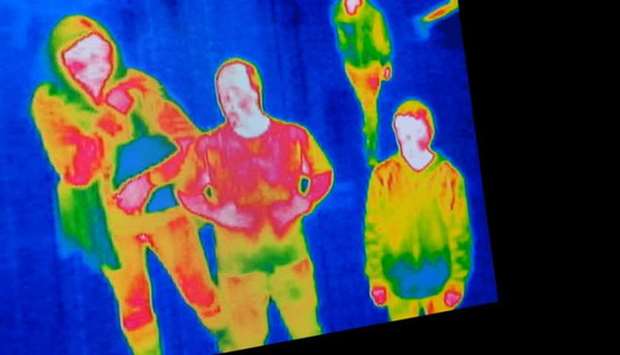As airports around the world restart operations, providing important connectivity and essential operations, their primary focus is on protecting the health and welfare of passengers and staff, as well as to minimise the opportunities for dissemination of coronavirus disease. The entire aviation ecosystem is adjusting to the complexities of the ‘new normal’ and responding to the needs and expectations of passengers is crucial in rebuilding confidence that air travel is safe. It won’t be erroneous to say that aviation will be a key engine driving the long-term global economic recovery from the effects of Covid-19.
As the cases of coronavirus spiked up in Qatar, various technologies and preventive measures were put into place to curb the spread of the virus, including mandatory wearing of masks, Ehteraz application for contact tracing, social distancing and mandatory temperature checking at all entry points of any building or work place by hand held devices. The hand held devices are the most affordable option available in the market, but not with the most accurate results.
This isn’t the first time thermal scanning is being used to screen higher body temperature related to infections that can cause an epidemic. During the 2002-03 outbreak of Sars virus, airports in Singapore and China deployed them and have been using them since. Similarly, here at home, Bayanat Engineering Qatar had it first installation of Cantronic body temperature scanner in August 2017 in Hamad International Airport, which was during the Swine flu and Ebola pandemic, for various reasons, including the level of accuracy, convenience, and efficiency.
Comparing to the hand-held thermometers, that can only scan one person at the time — scanners that are well in use now, can scan hundreds of people per minute. In addition to that, the storing mistakes and battery levels affect the performance of the hand held monitors. Human factor also plays a big role — with the scanning system — even if the dedicated person is not at his post, the scanner creates a sound and a visual notification (with the picture of the person with higher temperature), which can help to decrease the possibility of mistakes is shared with the authorities.
Furthermore, scanners have the possibility to integrate with third-party health monitoring systems/software’s (for example Ehteraz) which can be beneficial for the various sectors.
All live objects emit infrared energy or heat. Unlike regular cameras that record light reflected by objects, thermal cameras use heat sensors that can record heat generated by the body of a person or an object to create a 2D image with differing temperature levels. When a person stands before the cameras, on the computer screens the hotter objects are highlighted with a different colour palette than the rest. These cameras can be calibrated to detect abnormal body temperatures. Every pixel of the image has a temperature associated with it, so a higher resolution camera scan offers more detailed images.
Speaking to Community about the Cantronics body scanner at HIA, Zameer Basha Shaik, Project Manager at Bayanat Engineering, said, “ I feel that the Cantronics body scanners are very accurate, reliable and user-friendly, especially at enormous crowd monitoring in the public areas. It’s a bit challenging during a busy time slot to monitor each person without disturbing their movement. With Cantronics, we can overcome all those issues. I say it is the industry best system and adopted by one of the best organisations.”
Hassan Ezzeddine, General Manager at BEQ, added, “Bayanat Engineering Qatar continues to improve the safety measures at Hamad International Airport and Qatar. Body temperature measurement systems reduce the human and technical error with the level of accuracy up to 99.99%. The systems already have been implemented in various institutions including the airport, along with oil and gas, government, semi-governments and private sectors across Qatar.”

HEAT SENSORS: All live objects emit infrared energy or heat. Unlike regular cameras that record light reflected by objects, thermal cameras use heat sensors that can record heat generated by the body of a person or an object to create a 2D image with differing temperature levels.
